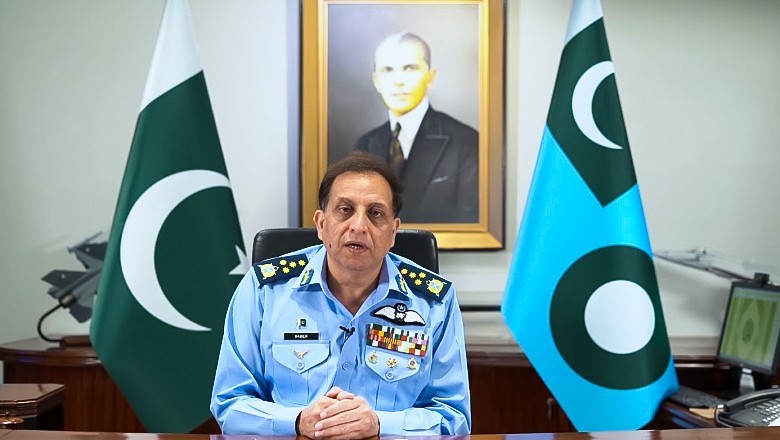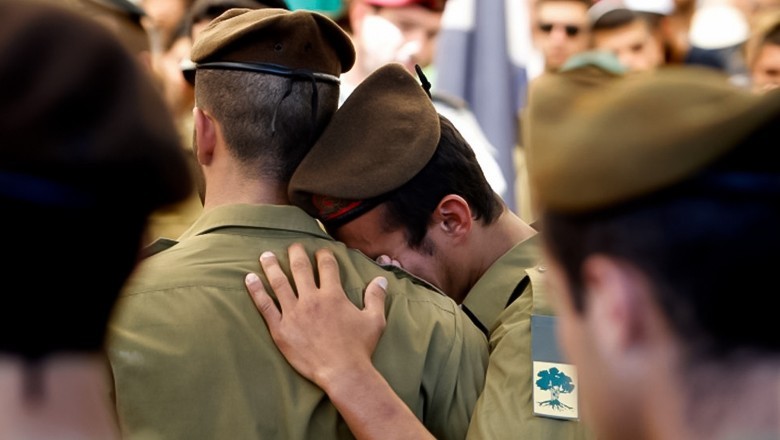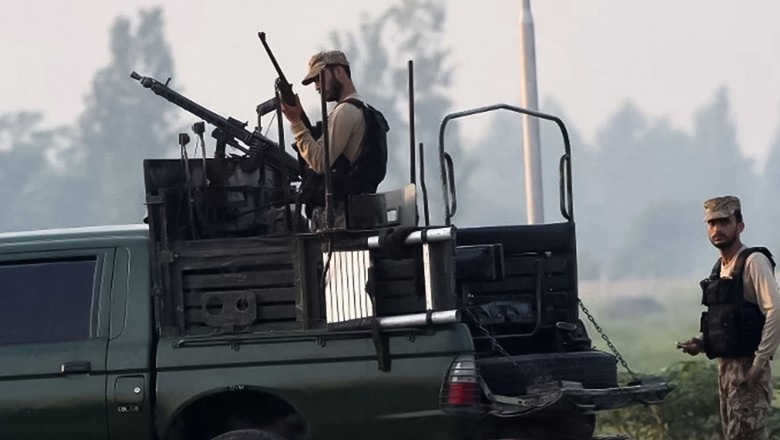What commands were issued by air chief to PAF amid dogfight with Indian jets?

Web Desk
|
13 May 2025
Chief of Air Staff (CAS) Air Chief Marshal Zaheer Ahmed Babar Sidhu personally monitored the intense aerial combat that unfolded in the early hours of May 7, when the Indian Air Force (IAF) attempted to violate Pakistan’s airspace. According to a report published in The News International, CAS Sidhu issued a direct and firm command to the Pakistan Air Force (PAF) fighter pilots, “Kill them, kill them, don’t let them enter even an inch into Pakistan.”
The detailed account shared by journalist Azaz Syed, revealed that Air Chief Marshal Sidhu was in real-time contact with pilots of the PAF’s 15 squadron, a unit he himself once served in.
This squadron was swiftly mobilised to counter the Indian aircraft surrounding Pakistani airspace.
Following the Pahalgam terror incident, India adopted an aggressive military posture toward Pakistan. However, CAS Sidhu had anticipated this move. Thanks to constant surveillance of Indian air activity, he was already aware of a potential offensive and had briefed Pakistan’s top leadership.
In response, he took decisive measures and shifted the air force's posture from “surveillance to active defence.”
Read: ‘Several countries are requesting training with PAF:’ AVM Aurangzeb Ahmed
India deployed nearly 80 aircraft, including 32 Rafale jets, 30 Su-30s armed with BrahMos missiles, and several MiG variants. In response, PAF scrambled 40 Chinese-made J-10s and other fighter jets.
The coordinated efforts between PAF and Pakistan’s military provided comprehensive surveillance data and battlefield awareness, enabling them to repel the Indian assault effectively.
A source was quoted as saying, “Our pilots were already in the air to give them a welcome.”
When the Indian aircraft attempted incursions near Azad Jammu and Kashmir and Sheikhupura, the PAF shot down three Rafales, one MiG-29, and one Su-30. CAS Sidhu had given his pilots full authority to neutralise any hostile attempt.
The operation extended beyond traditional air combat. Pakistan’s military employed advanced capabilities, including electronic warfare and cyberattacks, jamming Indian communication systems and crippling coordination efforts.
With this technological and tactical edge, chants of “Allahu Akbar” echoed through PAF’s highly secure command center as celebrations broke out.
But the confrontation didn’t end there.
Read more: Pakistan Army targeted 26 Indian military sites over links to terrorism, civilian attacks: DG ISPR
When India attempted a second incursion, targeting military airbases inside Pakistan, the PAF launched Operation Bunyanum Masroor, delivering a decisive blow to thwart further aggression and send a clear message.
India suffered substantia losses, including damage to numerous airbases at Suratgarh, Sirsa, Nalia, Adampur, Bhatinda, Barnala, Halwara, Awantipura, Srinagar, Jammu, Udhampur, Mamoon, Ambala, and Pathankot.
Additionally, storage facilities for BrahMos missiles in Beas and Nagrota, which had been used to fire upon Pakistan and kill innocent civilians including children, were destroyed. The Pakistan Air Force also successfully targeted an S-400 system located at Adampur.
Pakistan’s tactical superiority in this conflict was attributed to effective leadership, technological preparedness, and unwavering vigilance. International observers acknowledged Pakistan’s military dominance, while India struggled to produce any credible evidence of success in its offensive.












Comments
0 comment